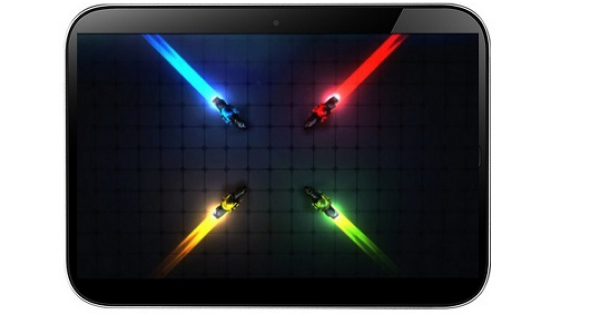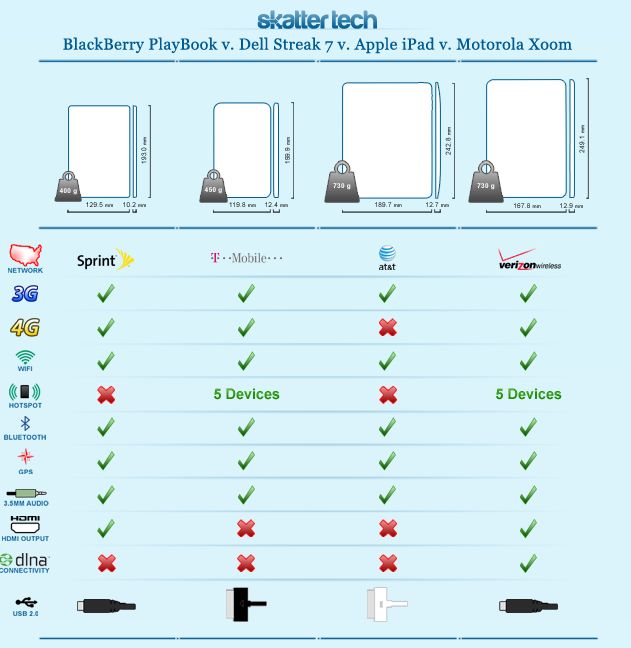Back on the stage of Google I/O 2012 we found out that not only Chrome is leaving its beta phase for Android and it will be an important part of Android 4.1, but also that it’s ready to debut on the iPad and iPhone. The browser is available right now on the iOS devices and you can download it from here, if you want an alternative to Safari Mobile.
The app requires iOS 4.3 and higher devices and supports Chrome sync, good news if you also use this browser on the PC and would like to keep your tabs and settings. The problem with this release is that it’s a slower one, since Apple’s rules about third party browser cripple the experience, since the Nitro function is not available, being replaced with an alternative called UIWebView. At first sight, Chrome is not actually much slower than Mobile Safari, especially on the iPhone, but if you’re a person who likes ultra fast browsing and you’re daily based on LTE speeds, you’ll sense something’s lacking
The problem appears when browsing JavaScript-intensive websites. The first design aspect to notice is that the tabs are on top of the URL bar on the iPad, unlike the Mobile Safari. On the iPhones the tabs will be arranged into rows, showing the pages’ titles and images for each of the pages. Swiping the tabs off the screen will make you exit them. The Chrome Omnibox is here, working as both a search and URL bar and you also get the option to “request desktop site” in the Settings drop-down area. So, did you give up Safari for this browser yet?
Post Footer automatically generated by Add Post Footer Plugin for wordpress.

















